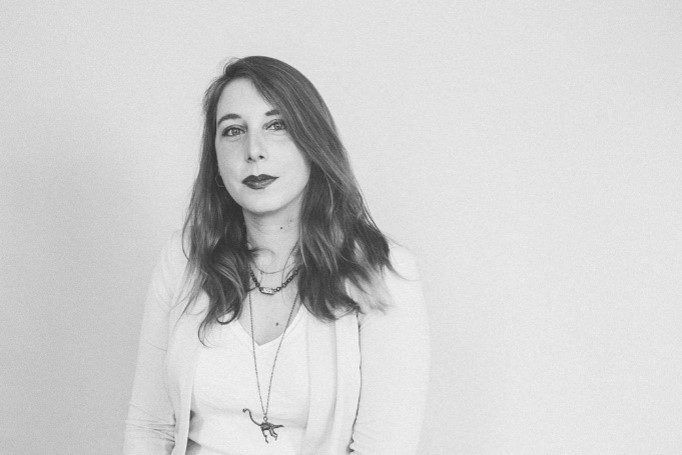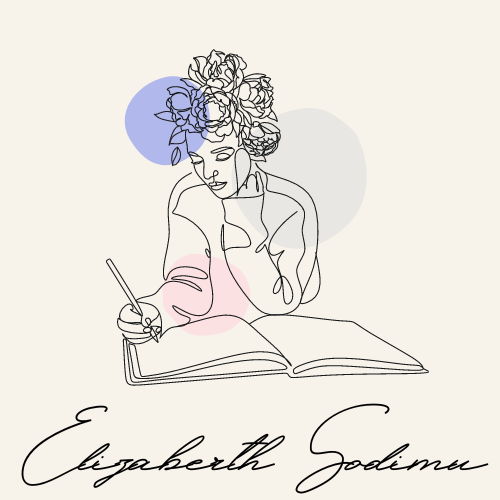Katie Scarlett Brandt discusses her journey of becoming a journalist, her work to share voices who are not often heard, and gives advice for future journalists.
By Elizabeth Sodimu
Today, public mistrust of the media and the spread of misinformation characterizes the news community. This stands out especially in relation to the ongoing COVID-19 pandemic, as fake news made available to the public has resulted in miscommunications between the scientific community and the public. Many individuals do not trust the information that comes from the news.
Addressing issues like this drives the work of Katie Scarlett Brandt, a freelance health journalist who works as the associate editor of the Chicago Health Magazine, a Chicago-based media company that began in 2010. Her work as a journalist is especially important now, as many still look to journalism to bridge this existing communication gap.
Through her work, Brandt aims to share the viewpoints of those who may not have a platform in the media to voice their thoughts and experiences. She seeks out the stories of the families and friends of victims, individuals affected by public health issues or large institutions, stating that she wants to portray the information, “in a way that isn’t just giving voice to the people who already have a voice.”

EDUCATION
Brandt began her studies in journalism in college, but her passion for writing, health, and the environment began long before then: “…I got into health reporting I think because I’ve always been into the environment, since I was a little kid, like when I first learned about climate change I came home crying because I couldn’t believe we were doing this to the planet.” Even from a young age, she found importance in the state of the environment.
As a college student, Brandt was an involved writer, working for The Post – a student-run publication for Ohio University, and The Athens, an alternative weekly paper. Eager to work after graduation, she went on to intern at the University of Chicago as part of their medical magazine. This internship led her to working at that same magazine, and getting different opportunities in the process, including writing a biography for a world-famous cancer geneticist, Janet Rowley which is forthcoming with Oxford University Press.
Even while working as a journalist, Brandt has continued her education as part of organizations like the Association of Health Care Journalists, as well as the Society of Environmental Journalists. To her, these societies are helpful ways of keeping up with the rapid changes in information that occur today. They are also valuable because they allow her to communicate with others who work in journalism and hear their approaches to various issues, like bias in journalism, and methods of interviewing sources.
LIFE AS A JOURNALIST
Brandt’s writing centers around public health, the environment, and medicine. To some, the combination may seem unusual, but Brandt pointed out that there is quite a bit of overlap between these subjects.
She said, “…in terms of the environment, public health and people’s health seem to be the best way to get people to pay attention to what we’re doing to the environment… if you have…a steel plant that’s causing asthma and cancer in a huge part of a specific population in a specific place, people should know that, and they should be paying attention to that.”
In order to communicate effectively with the public as a journalist, one needs to take notice of what people pay attention to.
Brandt also noted that working as a journalist requires a significant amount of consideration when deciding how to portray a certain event. She described her thought processes while reporting on coal mining in Appalachia: “Do I interview the coal companies? Because they have power and they have voice all the time, whenever they want. Or do I interview the people at the community level, who are affected by it? Or do I try to interview both, which I did. But one side did feel more real than a press statement.” There are often many viewpoints for any story, and determining which side(s) will share it more effectively is a big part of journalism.
The current situation brought on by the pandemic has not discouraged Brandt from seeking to share the voices of individuals in marginalized communities – Brandt has gone out to personally speak to individuals who are homeless, and shared their stories on how the city has responded to COVID among the homeless.
Her active questioning and consideration of how her articles are written is a reflection of her passion for her work, something that carries over into her interactions with sources. Brandt does not underestimate any opportunities to reach out to people in various communities, even through social media. For instance, Brandt reached out to speak to teens about their mental health in times of COVID through social media groups, saying that, “a bunch of people came forward because their kids did want to talk but they don’t usually have the platform of a magazine, to get their opinion and experience out there.”
ADVICE FOR FUTURE ARTISTS
When asked about what advice she might give to an aspiring journalist, Brandt emphasizes that journalism is a tough career and entails a lot of hard work, but having a passion to produce the best writing that you can is a great strength for someone hoping to enter the field. In her view, “if you’re called to do it, you’re called to do it and you shouldn’t slight that.”
BRANDT’S WORK
The Great Unequalizer, Chicago Health Magazine
Sovereignty by the Barrel (Part III), Native Science Report
See more of Brandt’s journalism work here:

